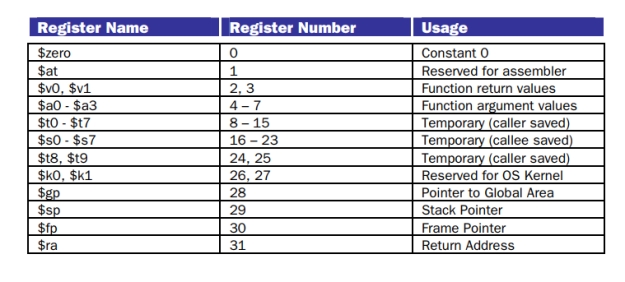Convert the C function below to MIPS assembly language. Make sure that your assembly language code could be called from a standard C program (that is to say, make sure you follow the MIPS calling conventions).
unsigned int sum(unsigned int n)
{
if (n == 0) return 0; else return n + sum(n-1);
}
This machine has no delay slots. The stack grows downward (toward lower memory addresses). The following registers are used in the calling convention: 
Correct Answer:
Verified
Q1: In the snippet of MIPS assembler code
Q2: Some machines have a special flag register
Q4: The MIPS instruction set includes several shift
Q5: In MIPS assembly, write an assembly language
Q6: Use the register and memory values in
Q7: Loop Unrolling and Fibonacci: Consider the following
Q8: Prior to the early 1980s, machines were
Q9: Consider the following assembly code for parts
Q10: Suppose that a new MIPS instruction, called
Q11: Write the following sequence of code into
Unlock this Answer For Free Now!
View this answer and more for free by performing one of the following actions

Scan the QR code to install the App and get 2 free unlocks

Unlock quizzes for free by uploading documents